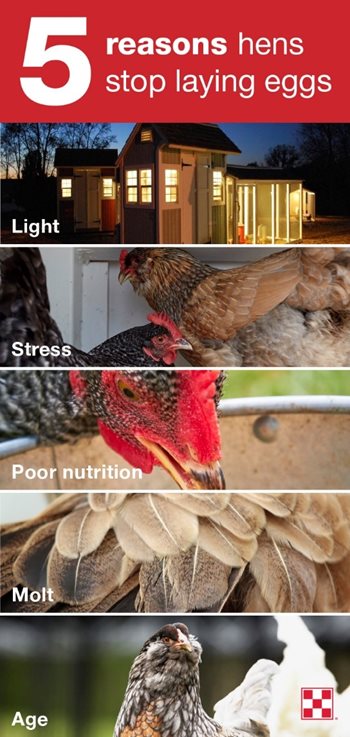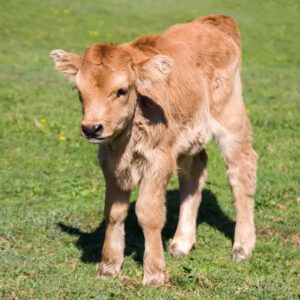 Snuffle Mats for Dogs: Dogs love to sniff and explore the world around them. It’s super cute to look at them figuring stuff out! It can be great to encourage this behavior as it helps with their doggy senses. However, sniffing and foraging can cause some issues if they’re pawing at your garden or at your carpets inside. This is where snuffle mats for dogs come in. Read on to find out how they might benefit your dog!
Snuffle Mats for Dogs: Dogs love to sniff and explore the world around them. It’s super cute to look at them figuring stuff out! It can be great to encourage this behavior as it helps with their doggy senses. However, sniffing and foraging can cause some issues if they’re pawing at your garden or at your carpets inside. This is where snuffle mats for dogs come in. Read on to find out how they might benefit your dog!
Kissimmee Valley Feed is hosting a “Sniff N Search” at Store #2 where you can make your own snuffle mat on Saturday, April 22nd from 10-12. Join us for a morning of fun and create your own. It is free of charge! All we ask is for interested parties to Pre-register by April 19 so that we may have enough supplies!
What is a snuffle mat?
A snuffle mat is designed to encourage dogs to sniff and forage and to really use that doggy sense of smell. Most dogs love to use snuffle mats because it lets them use their noses to hunt for food and encourage their natural instincts.
How do dogs snuffle mats work?
Snuffle mats for dogs are usually made up of fleece strips attached to a plastic base with holes in it. This allows for spaces where dog treats can be easily hidden. As they’re hidden, they encourage the dog to really use their noses to ‘hunt’ and forage for the treats.
Are snuffle mats good for dogs?
Snuffle mats for dogs are considered to be good for dogs. They encourage healthy dog behaviour and encourage their natural canine instincts, all within a safe and controlled environment. There are a few ways they benefit dogs, so read on for more information.
What are the benefits of snuffle mats for dogs?
Snuffle mats for dogs are the perfect way to provide physical and mental enrichment. They’re perfect for dogs of all ages! They help to slow down fast eaters, encourage them to use their sense of smell, reduce anxiety and burn energy.
- Aids their sense of smell:
Your dog’s sense of smell is highly important because it’s one of the main ways that they discover the world! With a snuffle mat, the treats are hidden so it encourages your dog to use their sense of smell to find out where the treats are.Not only does this help them with their sense of smell, it’s super fun for your dog too! - Helps reduce anxiety:
Dogs need a lot of mental and physical stimulation, or they can become restless or even develop problem behaviours. As we mentioned before, their natural foraging instincts help them find the treats which is really fun for them. Because this is so stimulating, it can eliminate boredom and reduce dog anxiety. - Burns energy:
Because snuffle mats are so stimulating, your dog can burn energy as they eat and play. Sniffing and foraging can produce happy hormones, allowing your dog to focus. - Slows down eating to avoid stomach pain and bloating:
Some of our dogs are fast eaters, which can cause issues like regurgitation, diarrhoea, vomiting, stomach pain and bloating. Because snuffle mats for dogs increase the length of time it takes them to eat, it can reduce these risks.
Are there any risks with snuffle mats for dogs?
Currently, there aren’t necessarily any risks associated with snuffle mats for dogs. However, there are some things you should just keep an eye on.
Like with any dog toy, they should be used in moderation. Especially when treats are involved, you should keep a track of how much they eat, because it is important to not overfeed them.
Knowing when your dog is overstimulated and might need a break from the snuffle mat is imperative.
Make sure you supervise your pooch. There is a risk of choking, like with any dog toys, so keep an eye on your dog whilst they use the snuffle mat.
How do I use a snuffle mat for the first time?
Snuffle mats for dogs are simple to use but it might take some getting used to. Put three to five delicious dog treats on top of the snuffle mat and loosely in the fleece.
Supervise your dog and watch whilst they sniff out the treats. At first, your dog might lift or pull up the mat whilst looking for the treats. In this case, ask them to ‘sit’ or ‘leave it’.
How often should you wash a snuffle mat for dogs?
Your snuffle mat is bound to get a bit slobbery whilst your pooch is searching for those treats. They might also start to smell of dog treats! To keep it hygienic and clean for your dog, wash it once every two weeks, or more often if necessary.
Now that you know all about snuffle mats for dogs, we hope that you see how beneficial they can be for your pooch’s development! Next, check out some other great dog toys for your pup to use!
Article Source: Purina UK





 There’s a lot of misinformation circulating about why chickens stop laying eggs. We’re here to clear that up with some facts. Chickens stop laying eggs for a variety of reasons. Hens may lay fewer eggs due to light, stress, poor nutrition, molt or age. Some of these reasons are natural responses, while others can be fixed with simple changes and egg-laying can return to normal.
There’s a lot of misinformation circulating about why chickens stop laying eggs. We’re here to clear that up with some facts. Chickens stop laying eggs for a variety of reasons. Hens may lay fewer eggs due to light, stress, poor nutrition, molt or age. Some of these reasons are natural responses, while others can be fixed with simple changes and egg-laying can return to normal. What Do Baby Chicks Eat? Baby chicks grow quickly, doubling their hatch weight in the first week and growing up to seven times their hatch weight in the first month. To support this early growth, baby chicks should eat a complete starter-grower feed which contains the 38 unique nutrients they need to start strong and stay strong. A starter-grower feed with the Chick Strong® System helps raise strong chicks that grow into happy, healthy hens.
What Do Baby Chicks Eat? Baby chicks grow quickly, doubling their hatch weight in the first week and growing up to seven times their hatch weight in the first month. To support this early growth, baby chicks should eat a complete starter-grower feed which contains the 38 unique nutrients they need to start strong and stay strong. A starter-grower feed with the Chick Strong® System helps raise strong chicks that grow into happy, healthy hens. 12 Calving Season Essentials:
12 Calving Season Essentials: New Year Resolutions for Pets: Tips for enhancing animals’ lives and our own. That’s right, pets can have New Year’s Resolutions too!
New Year Resolutions for Pets: Tips for enhancing animals’ lives and our own. That’s right, pets can have New Year’s Resolutions too!